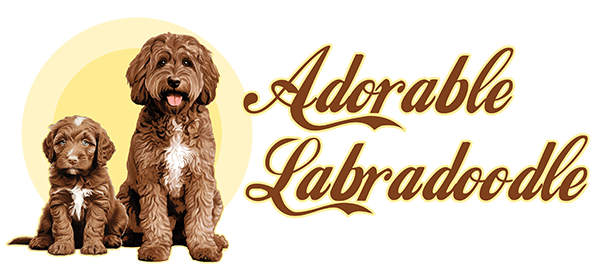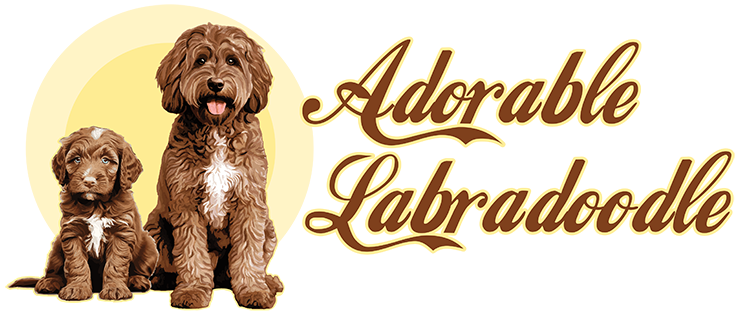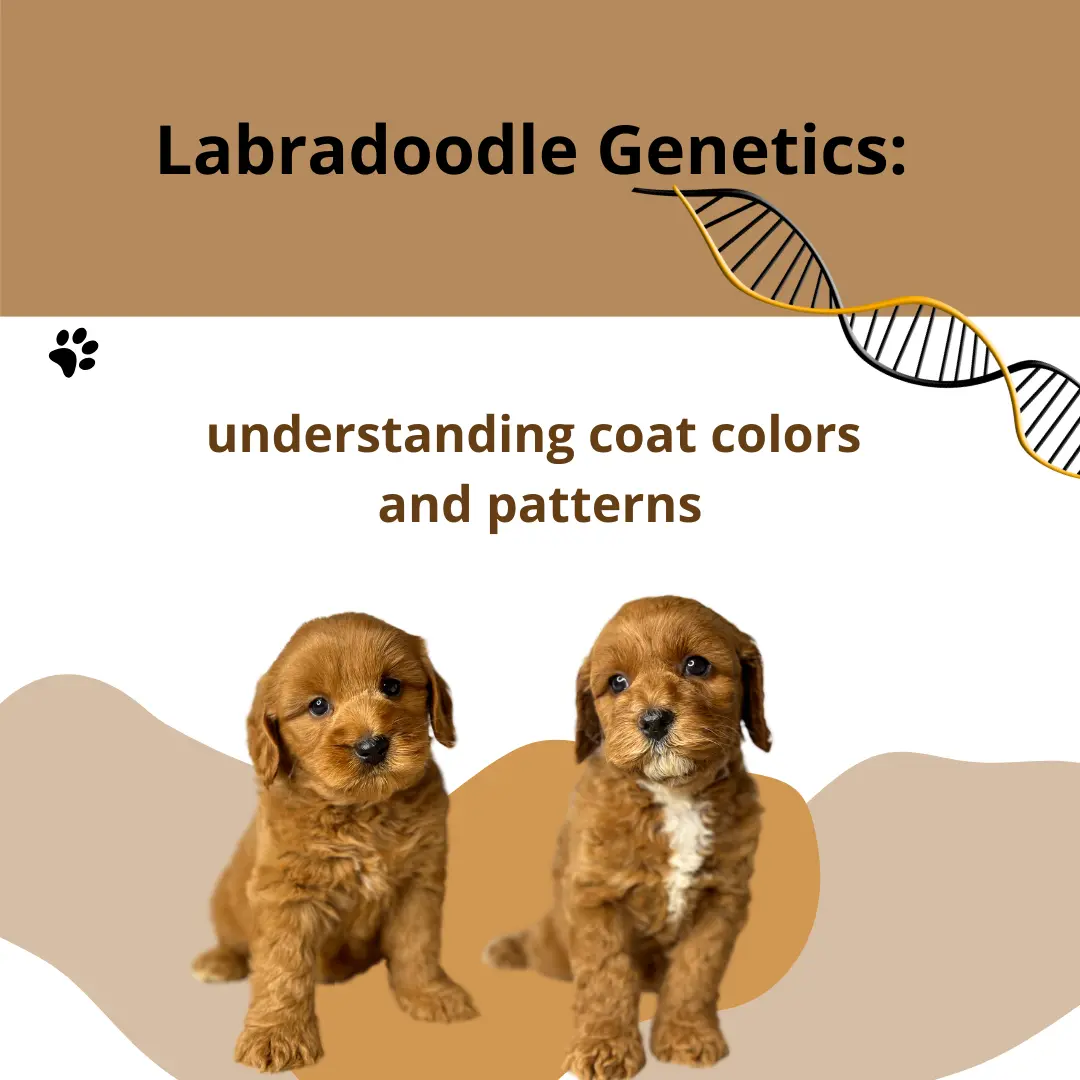Labradoodles are celebrated for their charming personalities, intelligence, and unique coat colors and patterns. Understanding Labradoodle genetics can help current and future owners appreciate the diversity in their appearances and make informed decisions when selecting a Labradoodle puppy. In this article, we’ll explore how genetics influence Labradoodle coat colors and patterns and what to expect when it comes to their stunning fur.
The Basics of Labradoodle Coat Genetics
The coat colors and patterns of Labradoodles are determined by the interplay of genes inherited from their Labrador Retriever and Poodle ancestors. These genes dictate not only the color of the coat but also its texture and pattern. Understanding Labradoodle genetics begins with a look at the dominant and recessive genes that affect their appearance.
- Dominant Genes: These are the traits most likely to appear in Labradoodle puppies. For example, solid coat colors like black or chocolate are often the result of dominant genes.
- Recessive Genes: These genes require both parents to carry the trait for it to manifest in their offspring. Patterns like parti (large patches of white and another color) or unique shades such as apricot often come from recessive genes.
Common Labradoodle Coat Colors
Labradoodle coat colors come in a dazzling array of shades, ranging from classic hues to more rare combinations. Here are some of the most common Labradoodle coat colors and the genetic factors behind them:
1. Black Labradoodles
Black is one of the most dominant coat colors in Labradoodles. It occurs when both parents carry the dominant black gene. Puppies with this coat color often have a sleek and glossy appearance, making them highly sought after.
2. Chocolate Labradoodles
Chocolate Labradoodles have a rich, dark brown coat. This color results from the presence of recessive genes, meaning both parents must carry the chocolate gene for this shade to appear in their puppies. The gene responsible for chocolate coats dilutes the black pigment, producing the warm brown tones.
3. Cream and Apricot Labradoodles
Cream and apricot Labradoodles are lighter in color and exude warmth and charm. These shades are the result of a specific combination of recessive genes that dilute darker pigments. Apricot Labradoodles are especially popular for their golden tones.
4. Red Labradoodles
Red Labradoodles have a striking and vibrant coat. This color is a deeper variation of apricot and often linked to specific genetic modifiers that intensify pigmentation.
5. Parti Labradoodles
Parti Labradoodles are characterized by large patches of white combined with another color, such as chocolate or black. This unique pattern arises from recessive genes and gives each dog a distinct and eye-catching appearance.
6. Phantom Labradoodles
Phantom Labradoodles display a two-tone color pattern similar to that of a Doberman Pinscher. Typically, they have a darker body with lighter markings on their chest, eyebrows, and legs. This pattern requires the inheritance of specific recessive genes.
7. Merle Labradoodles
Merle Labradoodles feature a marbled pattern of colors such as blue, grey, and black. The merle gene is unique and adds a whimsical look to their coat. However, breeding merle Labradoodles requires careful planning. Breeding two merles can result in “double merle” puppies, which are at a higher risk for health issues like deafness or blindness. Responsible breeders avoid pairing two merle dogs to ensure the puppies are healthy.
Coat Patterns in Labradoodles
While Labradoodles are often associated with solid coat colors, their patterns add an extra layer of variety. These patterns, influenced by genetic markers, can be as unique as the dogs themselves.
- Solid Coats: The most common pattern in Labradoodles, solid coats are uniform in color without additional markings.
- Abstract Coats: Also known as mismarked coats, these have small areas of white on an otherwise solid-colored dog.
- Sable Coats: Sable Labradoodles have a coat with lighter roots and darker tips, creating a gradient effect. This pattern is influenced by the agouti gene, which controls the distribution of pigment along individual hairs.
How to Predict Labradoodle Coat Colors and Patterns
While Labradoodle genetics offer clues about possible coat colors and patterns, predicting them with certainty can be challenging. Breeders rely on genetic testing and a detailed understanding of the parent dogs’ genetic makeup to anticipate the outcomes.
- Genetic Testing: Advanced genetic tests can identify which coat color and pattern genes a Labradoodle carries, increasing the accuracy of predictions.
- Parental Traits: Observing the coat colors and patterns of both parent dogs provides valuable insights into the puppies’ potential appearances.
Why Coat Genetics Matter for Labradoodle Owners
Understanding Labradoodle genetics goes beyond aesthetics. It can help owners and breeders:
- Promote Healthy Breeding: Responsible breeding practices reduce the risk of genetic health issues, particularly when working with rare patterns like merle.
- Match Preferences: Knowledge of genetics allows breeders to meet the preferences of potential Labradoodle owners.
- Care for Unique Coats: Certain coat types, like those with curly or wavy textures, may require specialized grooming and care.
Conclusion
Labradoodle coat colors and patterns showcase the fascinating interplay of genetics and nature. From solid black to marbled merle, each Labradoodle’s coat is a testament to their unique lineage. By understanding the basics of Labradoodle genetics, owners can better appreciate the beauty and individuality of these beloved dogs. Whether you’re a first-time owner or an experienced breeder, exploring Labradoodle coat colors and patterns is a rewarding journey into the world of canine genetics.
Ready to learn more about Labradoodle care and breeding? Explore our blog for additional insights or connect with experienced breeders to find your perfect Labradoodle companion.



